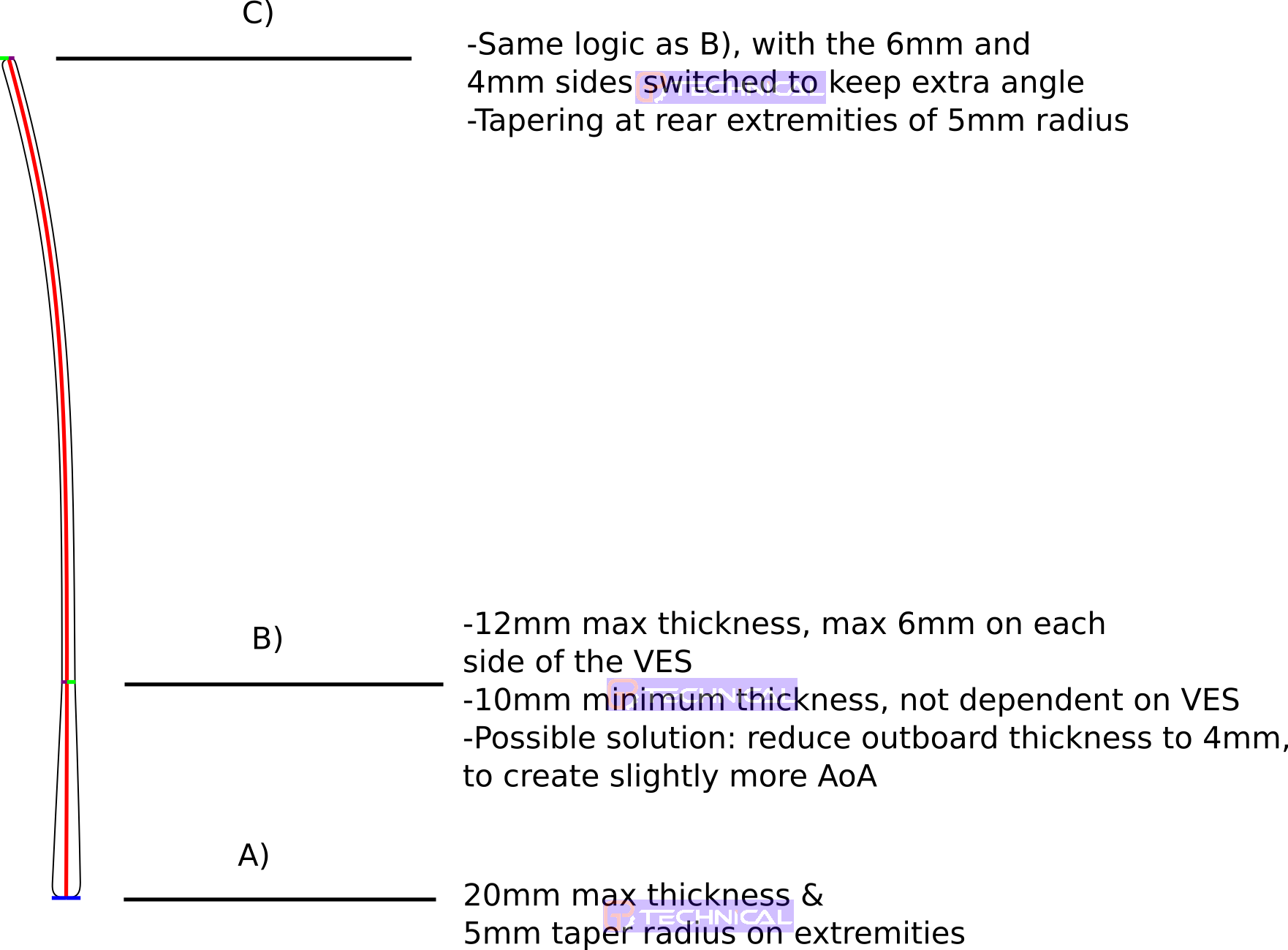Blackout wrote: ↑03 Nov 2018, 20:11
Great work boys.
I have a question; Which area of the 2018 cars lose downforce the most when it follows another one? What do the drivers and engineers say? AFAIK the amount of lost DF when following, is important but it the balance shift topic is at least as important...
AFAIK in 2016, the cars generally experienced rearward balance aero shift and became very understeery... But what about the 2017-2018 cars?
I'm not going to disagree with what's been said per se... downforce lost will impact the laptime for the following car, but the balance shift is what the drivers really feel - it delays them accelerating out of a turn and overheats the front tyres (especially the Pirelli's). The way the cars produce downforce is the same since 1984 (front wing, rear wing, underbody with diffuser) so nothing has really changed since then.
I think this answers your question, so the rest of this post may be superfluous!!
The downforce loss, in my experience, is mostly from the result of reduced dynamic pressure owing to the lead car. By that I mean the air being dragged along behind the leading car reduces the capability for the following car to produce downforce. This Pdyn effect squeezes the static pressures on the surfaces of the following car. So high pressure regions become less high, drag is reduced, and low/negative pressure regions become less negative, downforce is reduced.
This is a scaling effect so areas of peak pressure are more greatly affected than areas where the pressure is close to atmosphere - e.g. if you have a peak of negative pressure like the front of the floor, Cp ~ -3, a 50% reduction is +1.5. If you have a large region where pressure is Cp = -1, like the majority of the underbody, that 50% reduction is only +0.5. Now 50% is quite an extreme example (depending how far behind the lead car 30-35% would be closer to the truth) but it makes a nice easy example.
There are a few peaks of negative pressure on the lower surfaces of the car (downforce), the front wing, the front bib and leading edge of the floor under the sidepods, the diffuser kick, and the rear wing. All of these are affected - the forwards surfaces slightly more so than the rear because the wake is slightly stronger (only a few percent) nearer the lead car, but the major effect for a balance shift is the front edge of the floor - as the point closest to the track surface, where the peak negative pressure is greatest. The front and rear wings will lose equivalent downforce, because of the shape the wake takes - when you slice through it transversely it is described as "mushroom" shaped, so there a large region of Pdyn deficit which affects the rear wing.
Then there is the secondary effect - which is the wake disturbs/prevents the carefully sculpted aero structures from forming. This is a biproduct of the Pdyn effect, a vortex is formed when high pressure air migrates towards a low pressure region - if those pressures fields are made weaker, the vortex which forms is weaker - so does not do the job it was designed to do down the car. This use of vortices is particularly prevalent, but not limited to, around the front wing and bargeboards.
This is all true when following directly behind - but if the car behind crosses the wake, say in a corner, driving high to low to undercut an opponent on the way out of a turn. The balance can shift from neutral, to understeer, to oversteer, and back to neutral as the wake affects different parts of the car.
IMO there are a few things affecting the ability to follow at the moment, 1) the tyres don't allow for a small amount of sliding without overheating. 2) cooling is affected to the drivers have to back off to save their engine allocations. 3) track design doesn't allow for multiple racing lines to get out of the wake and do something different (The Indian GP had a corner which worked well (T4 I think?), the Portland Indycar track did a similar thing this year).


